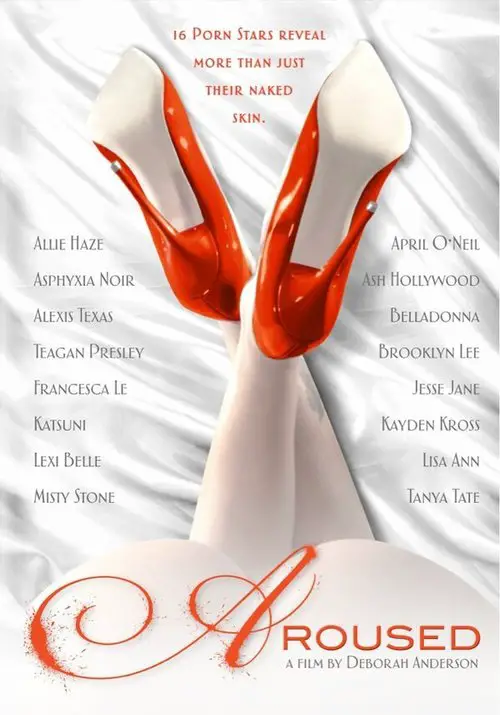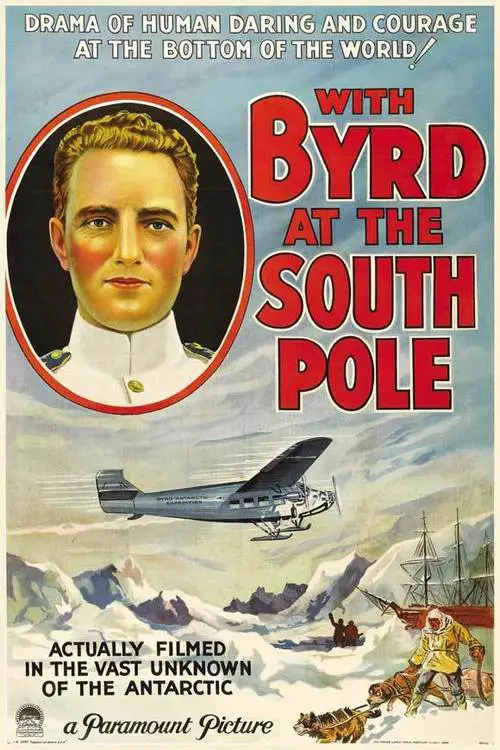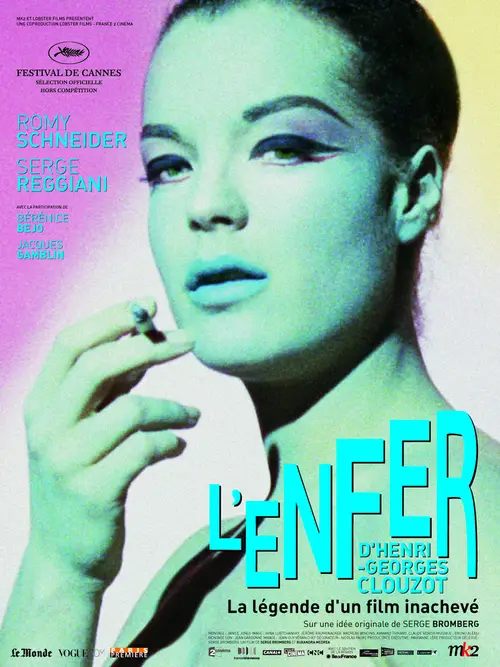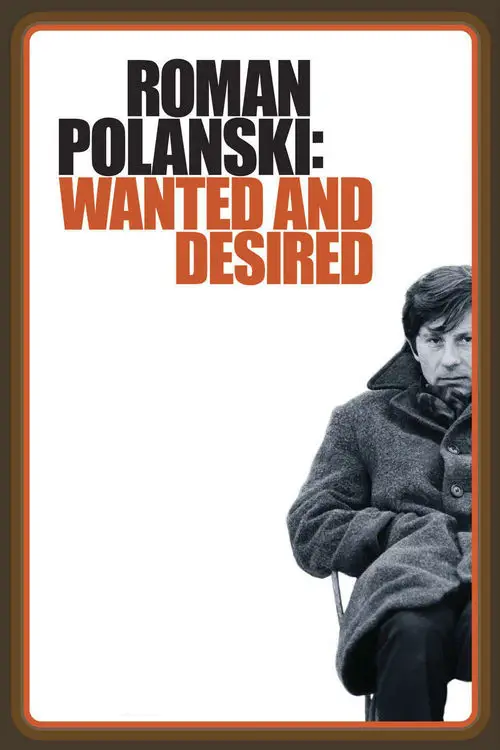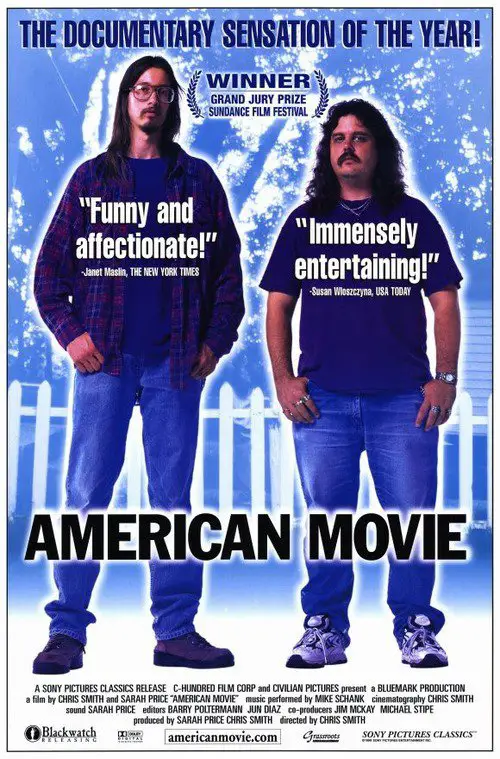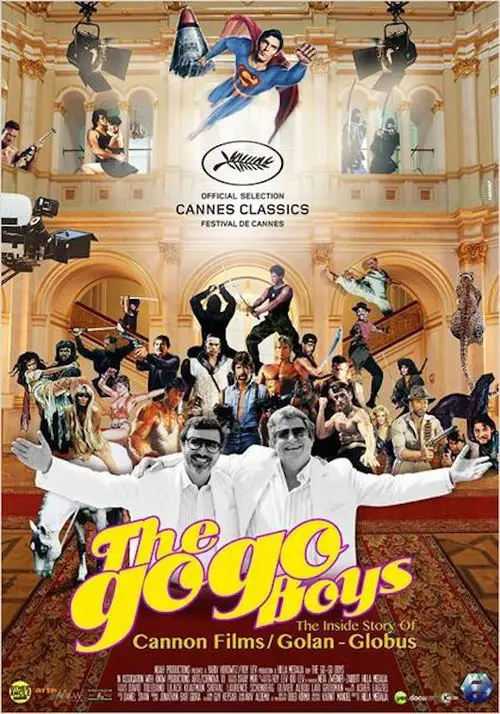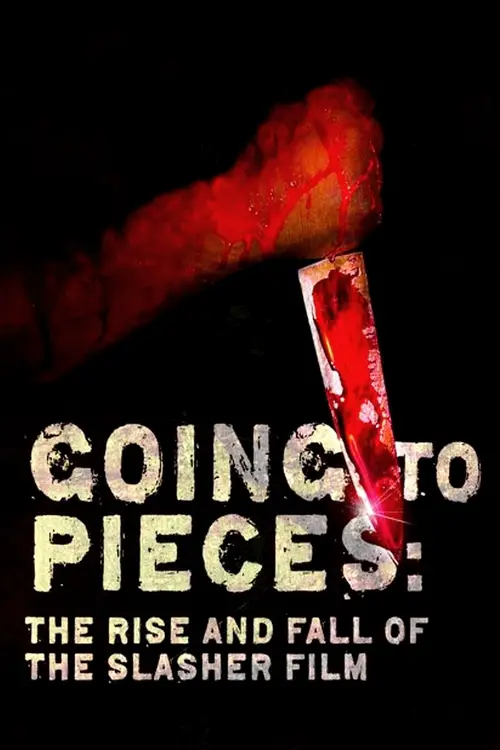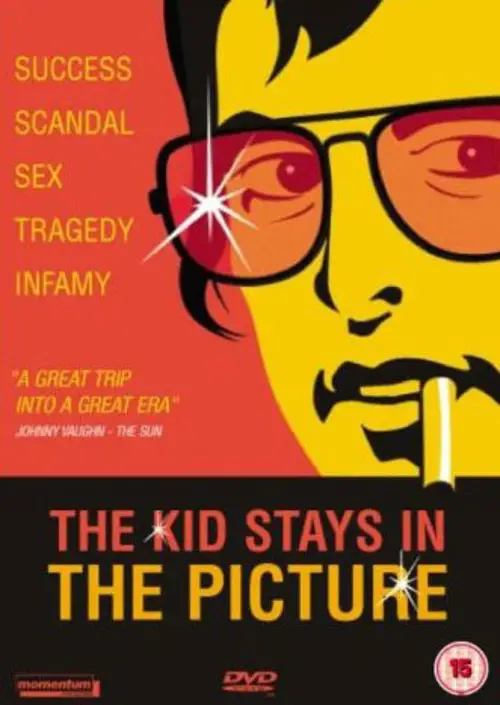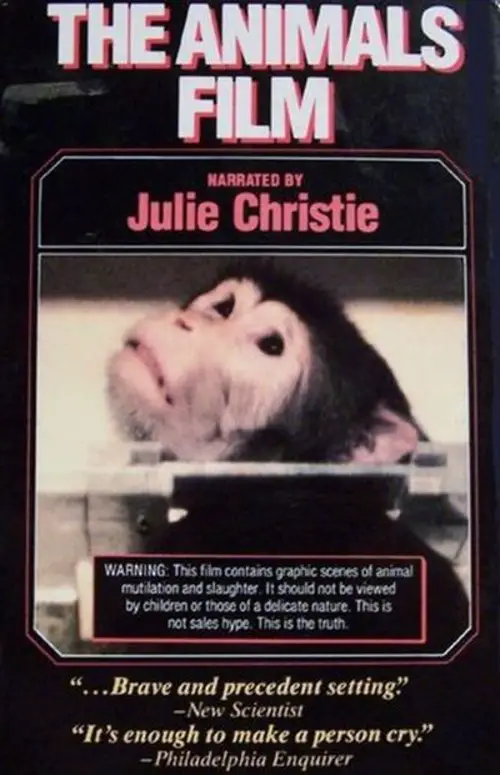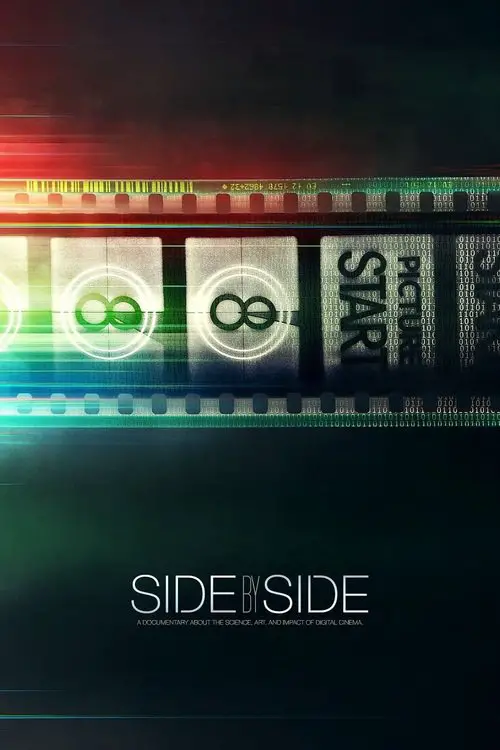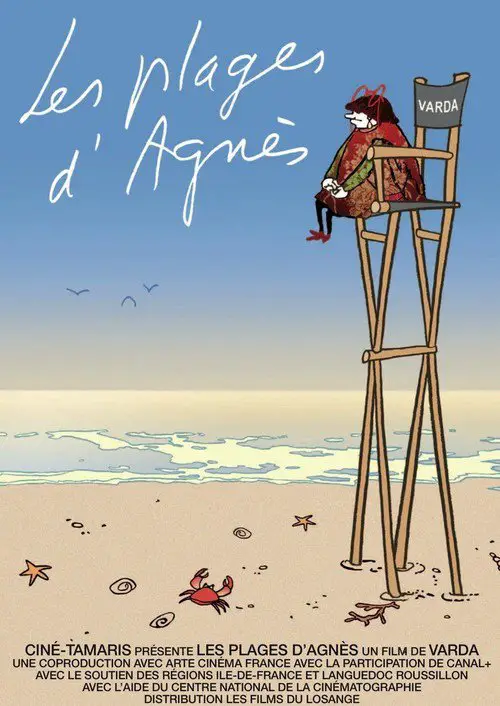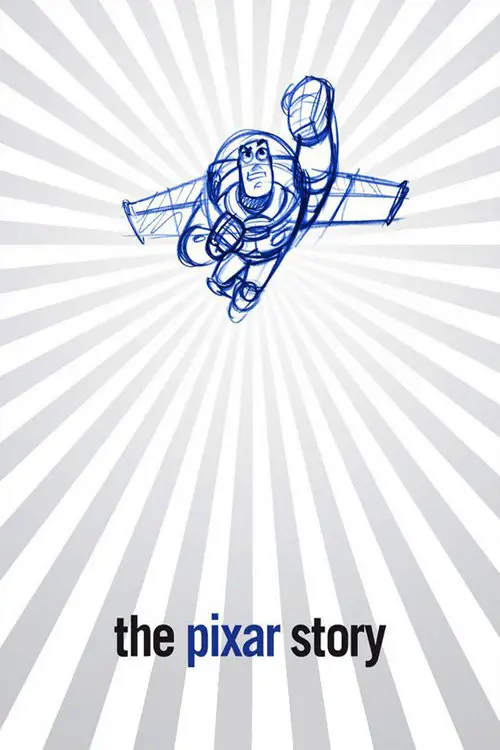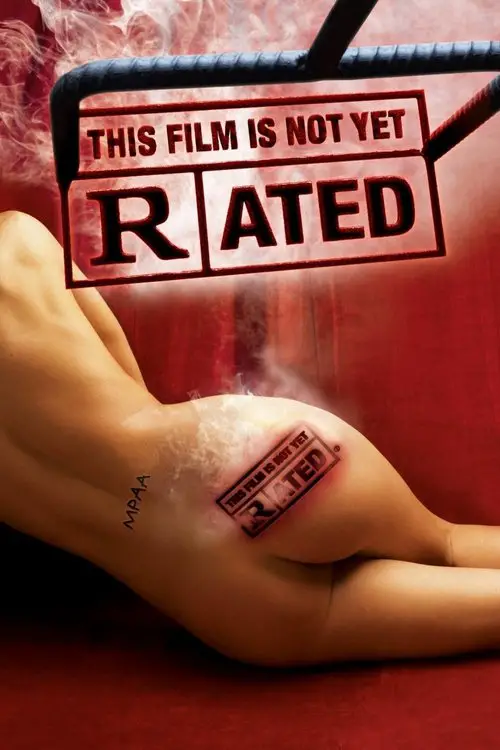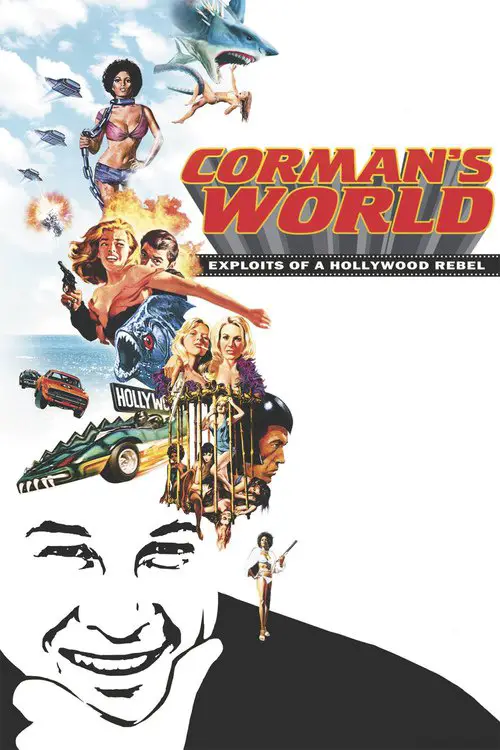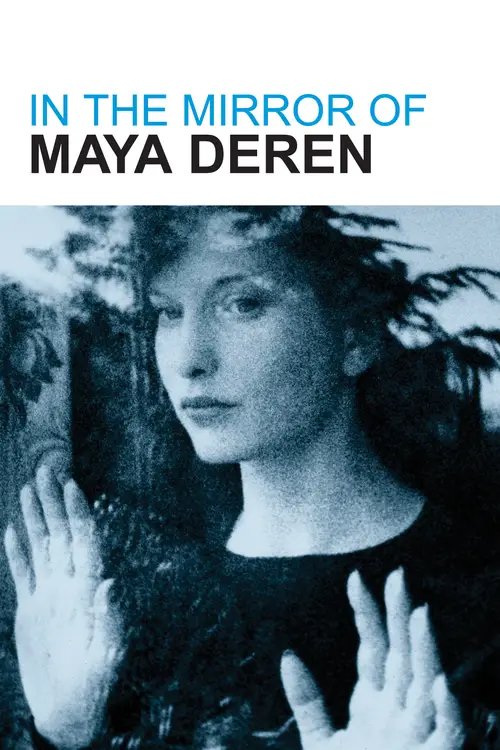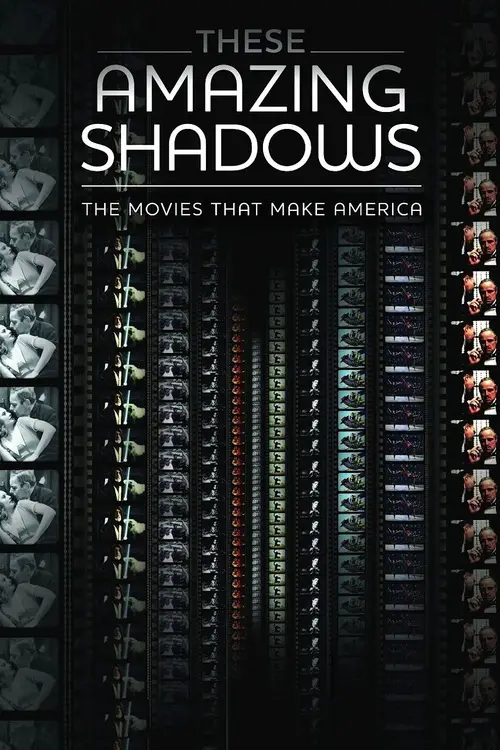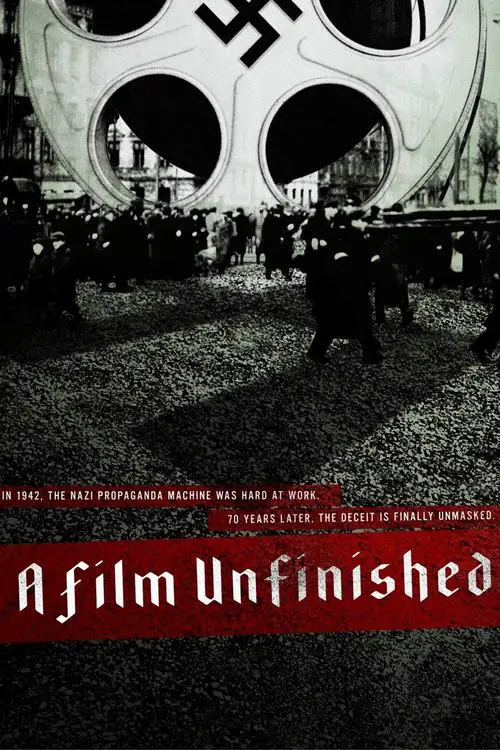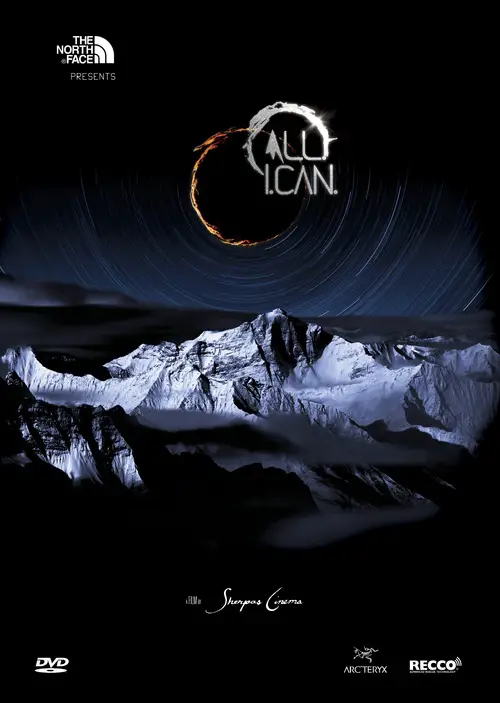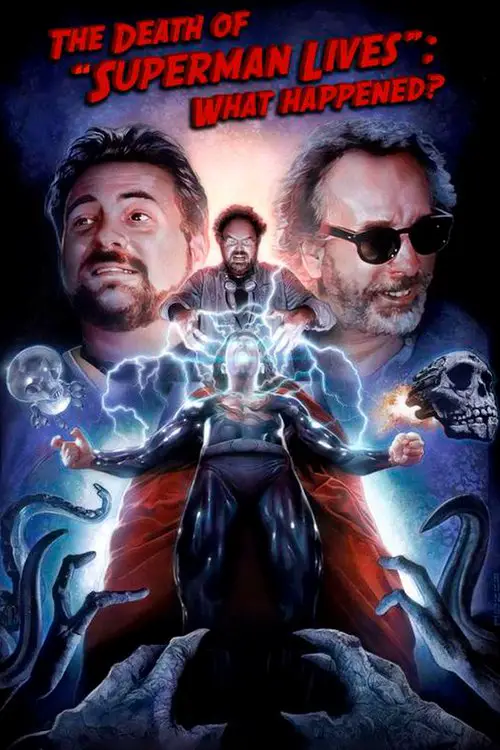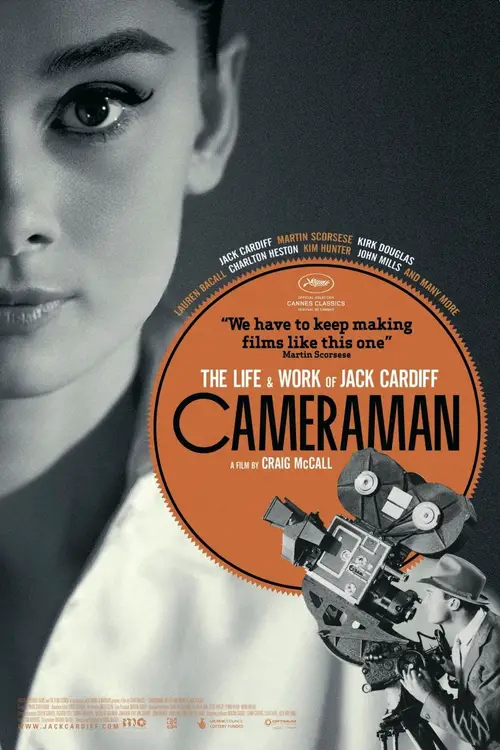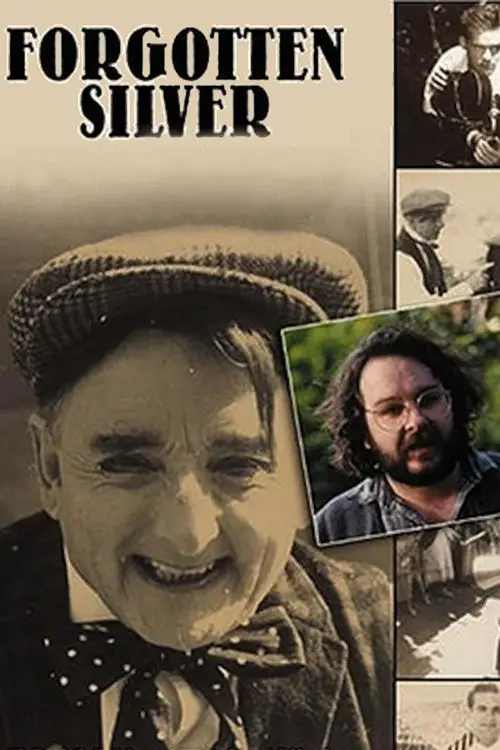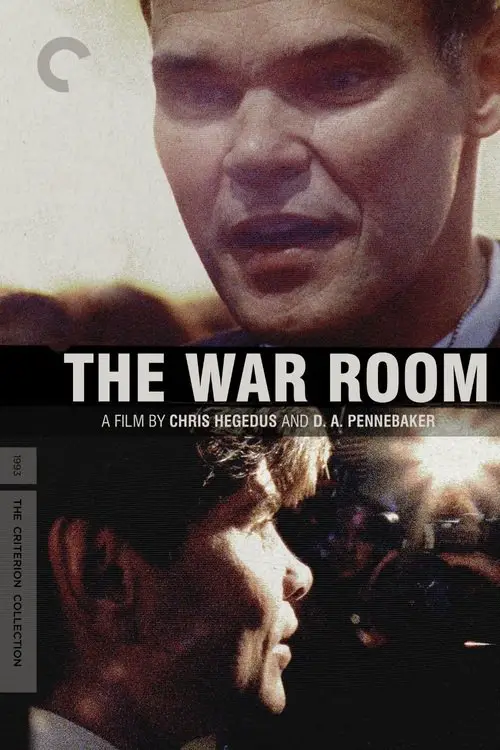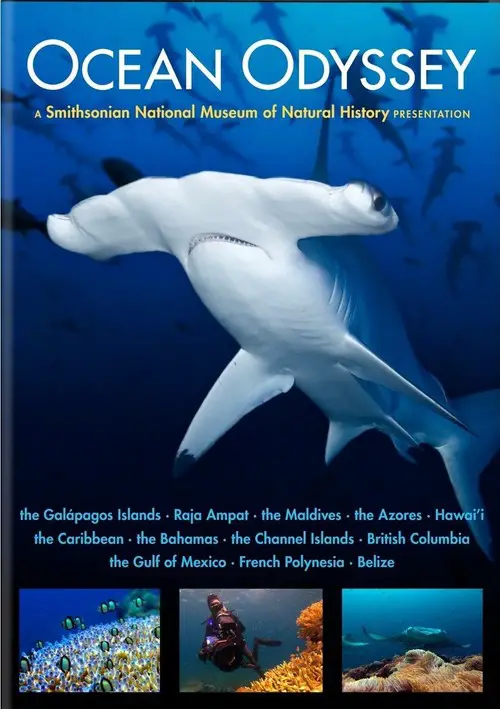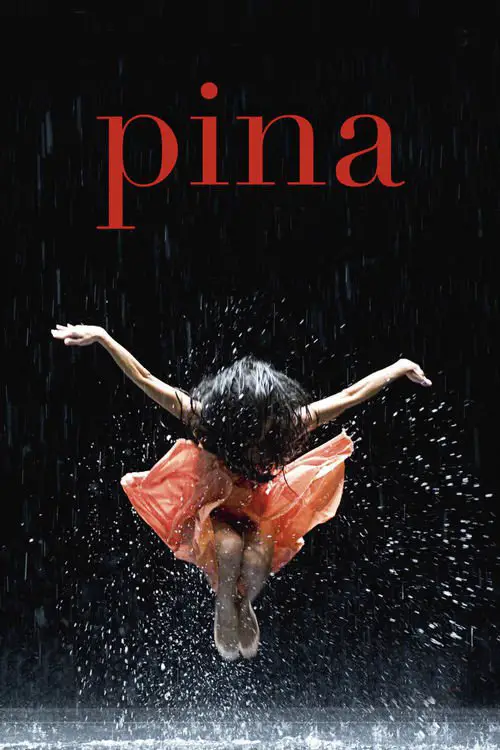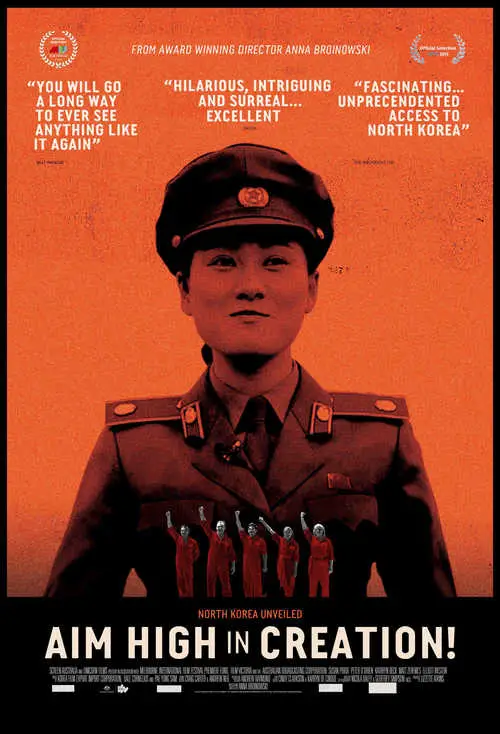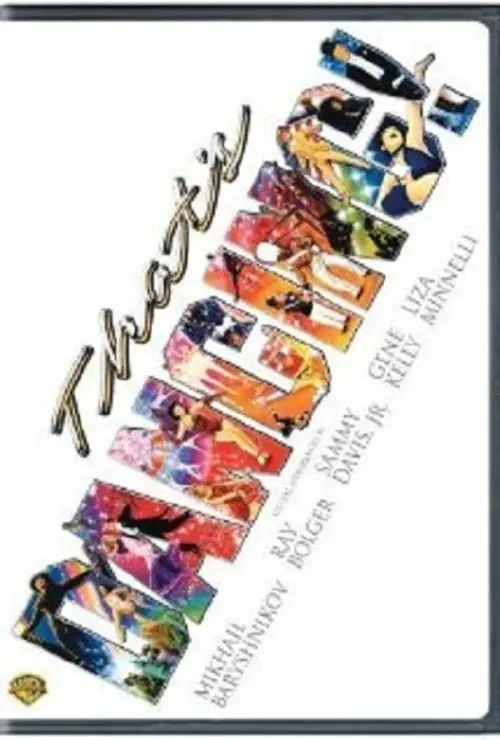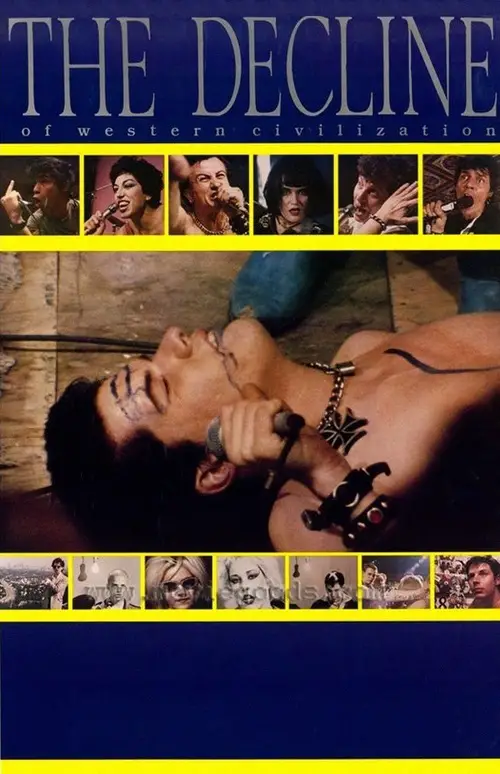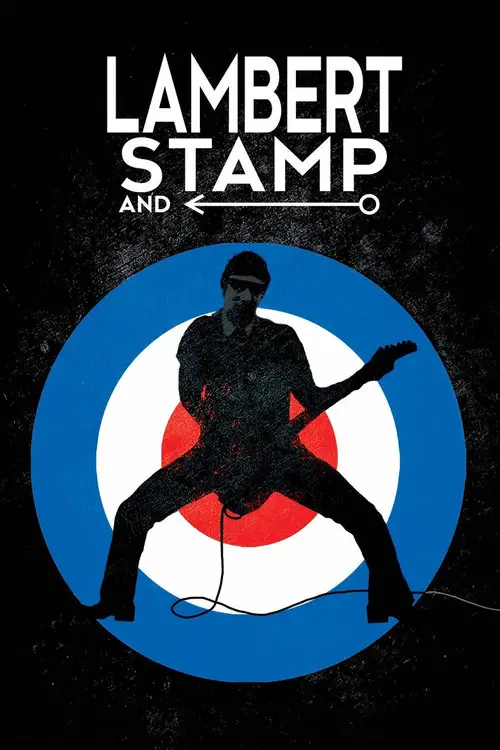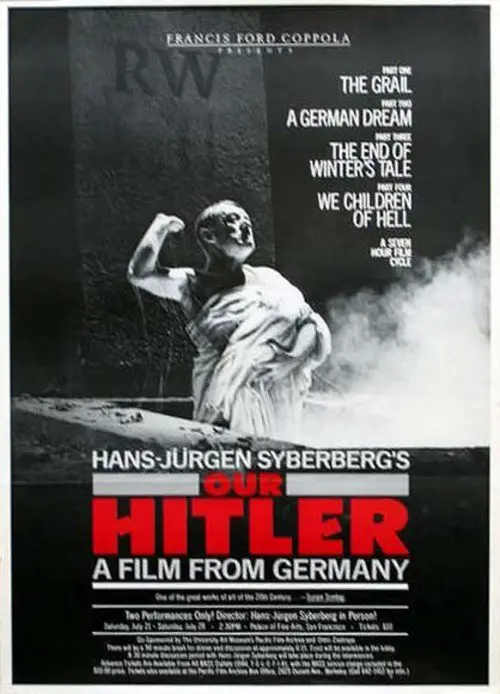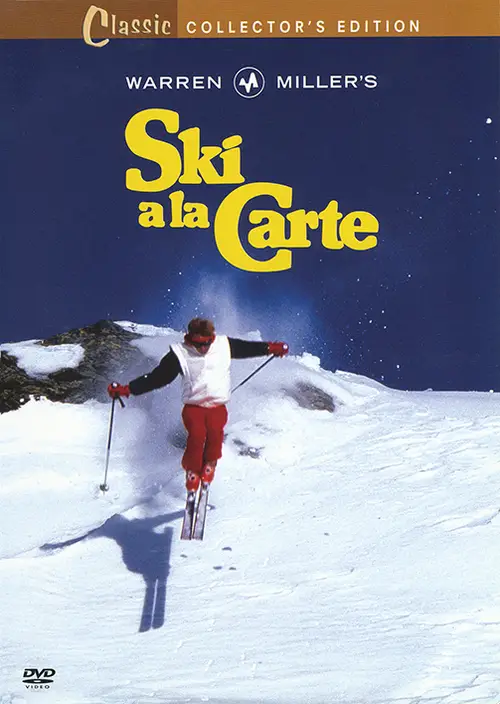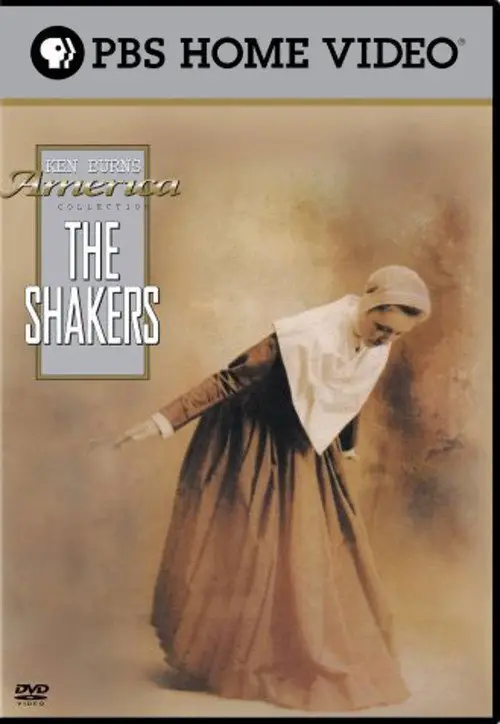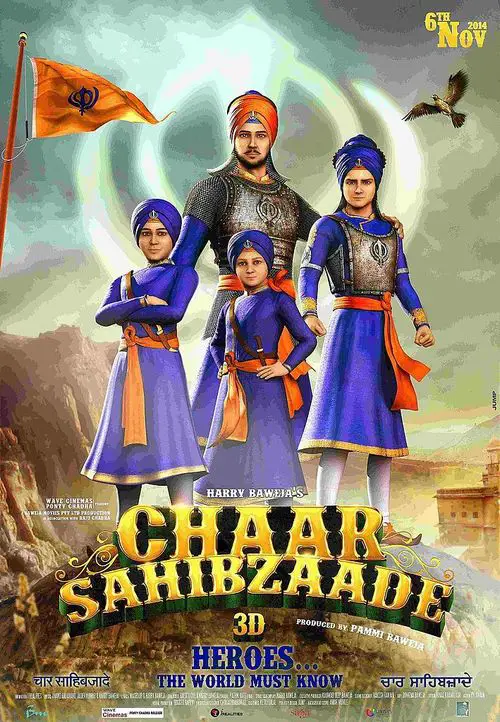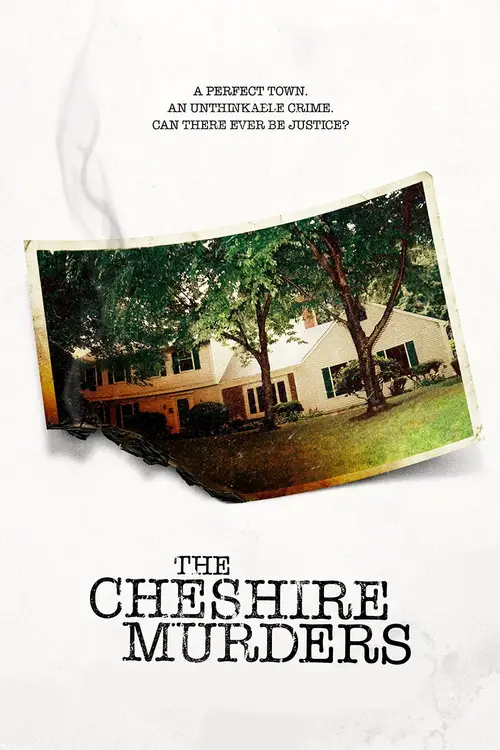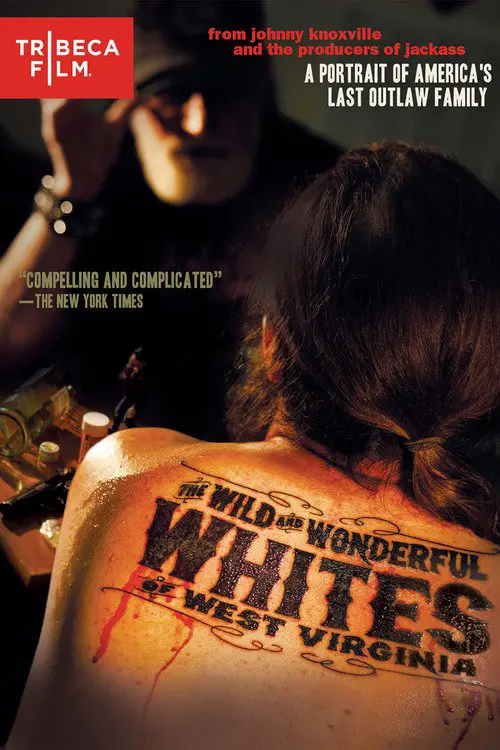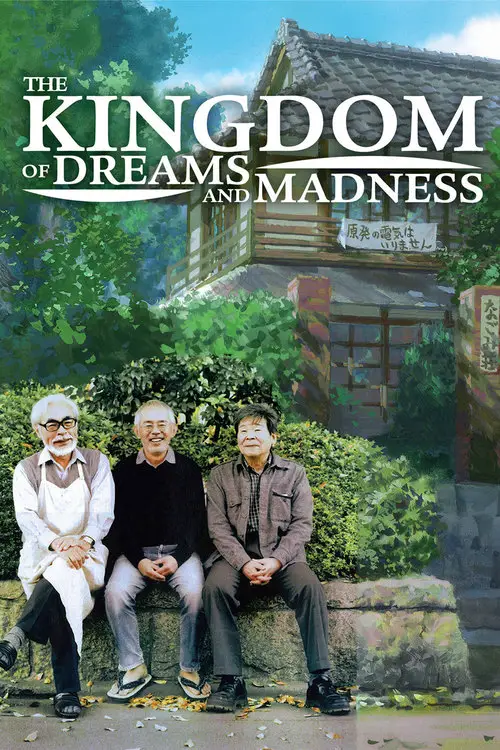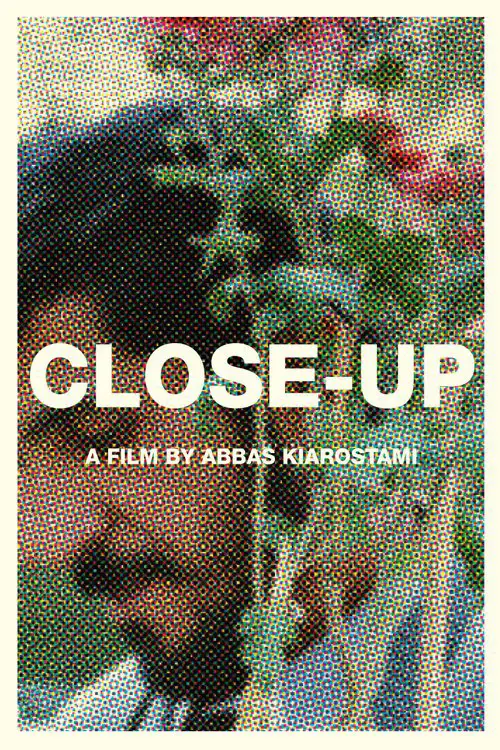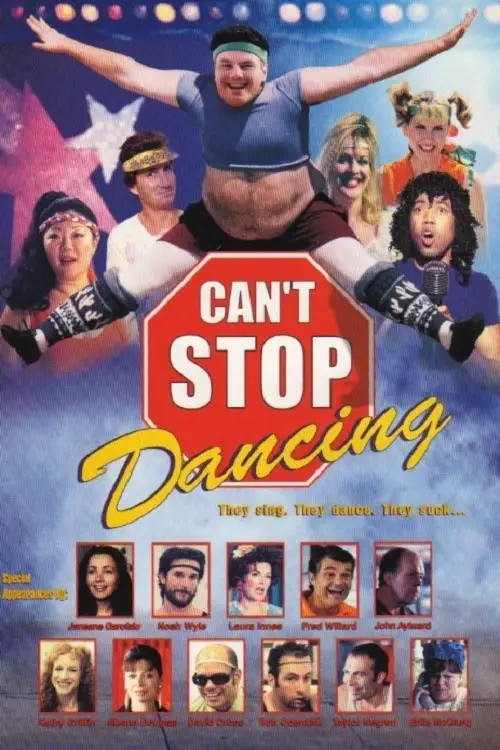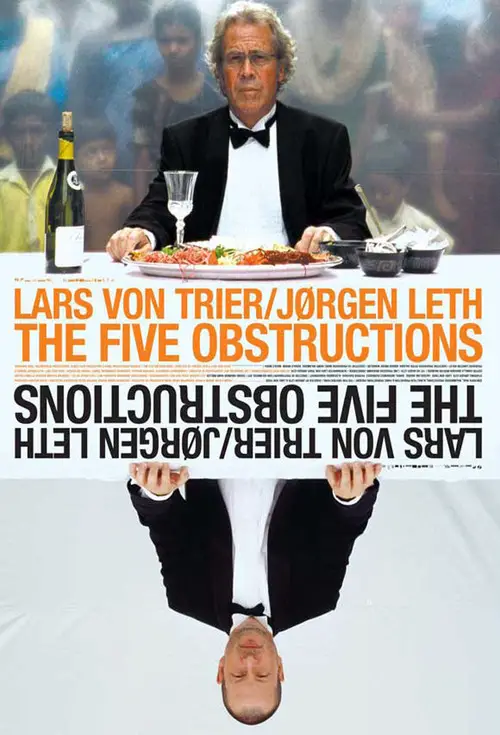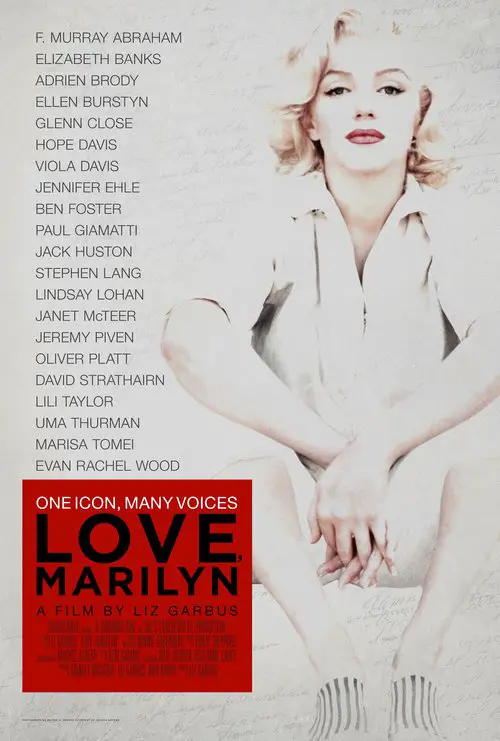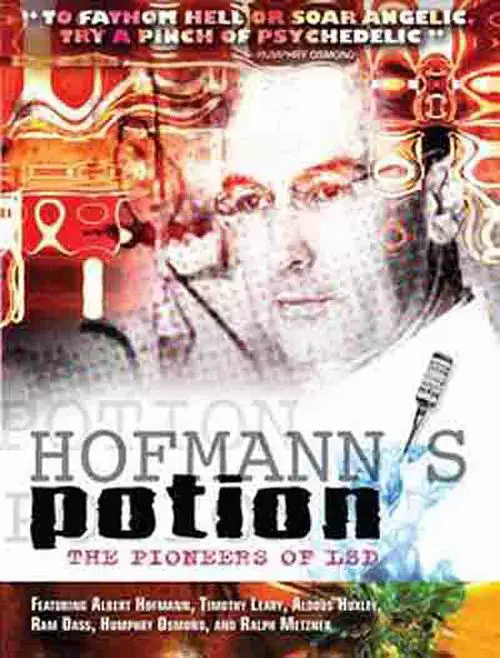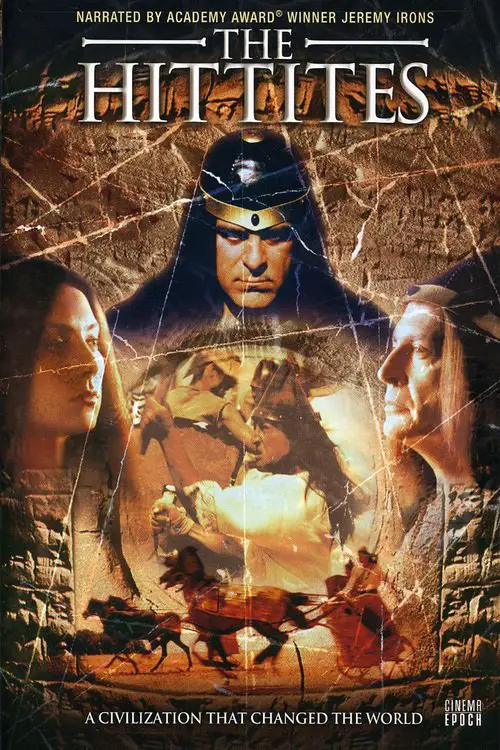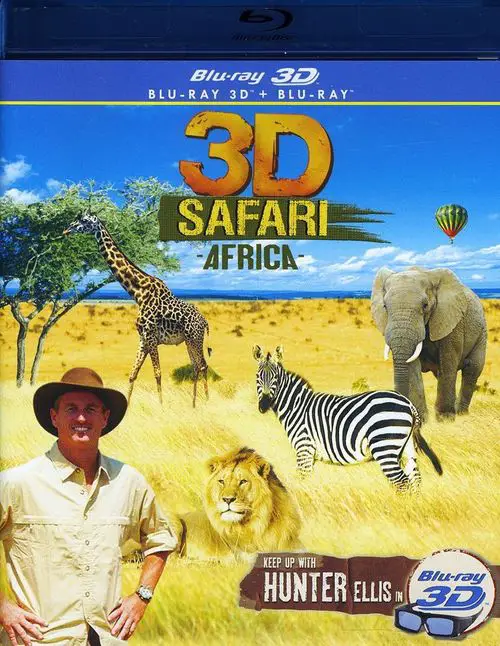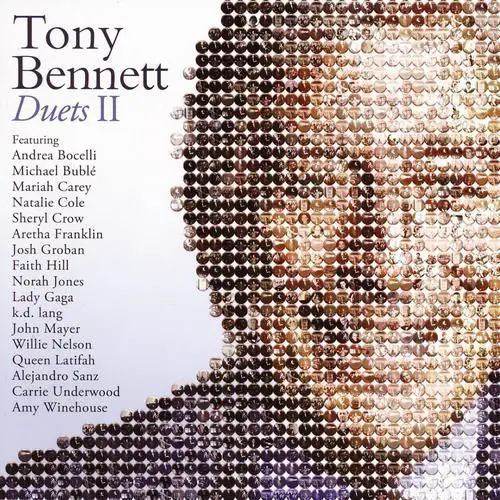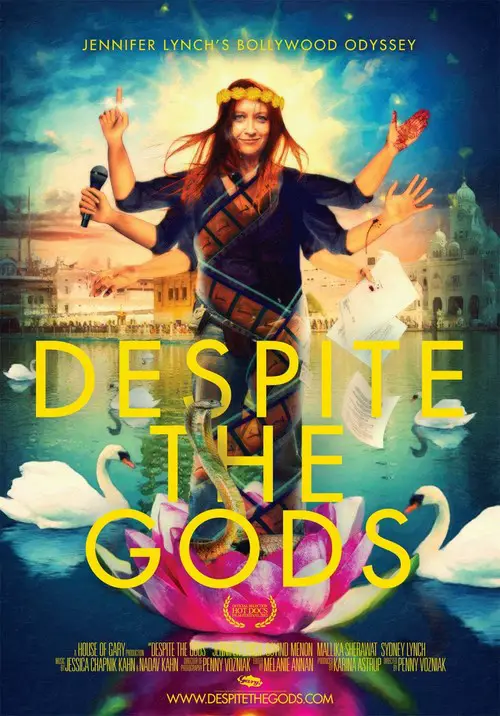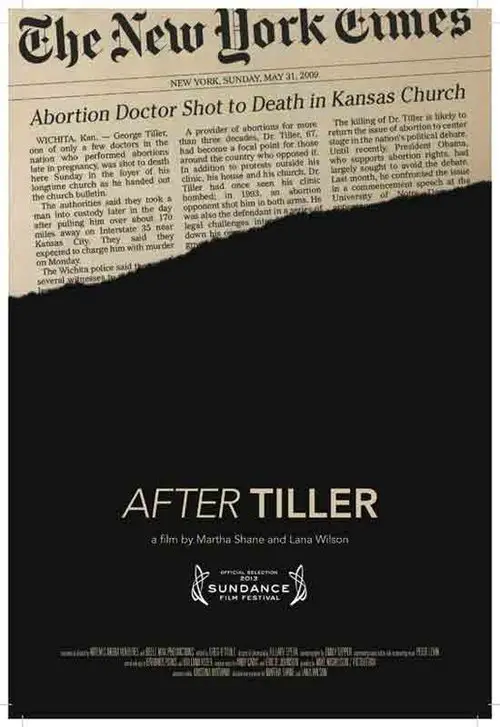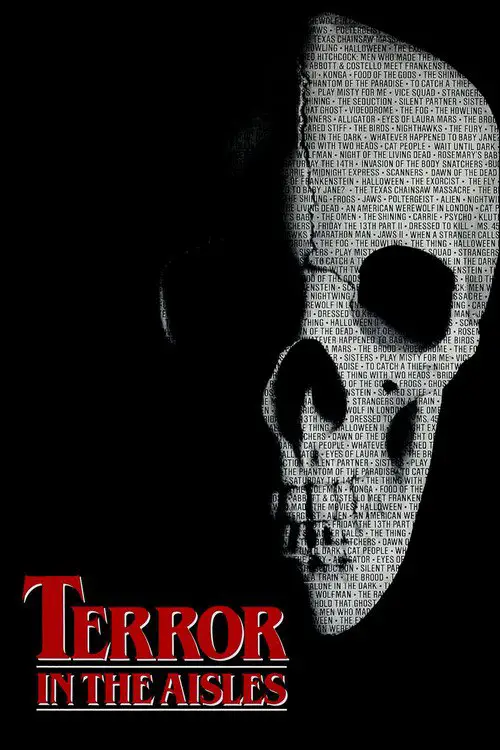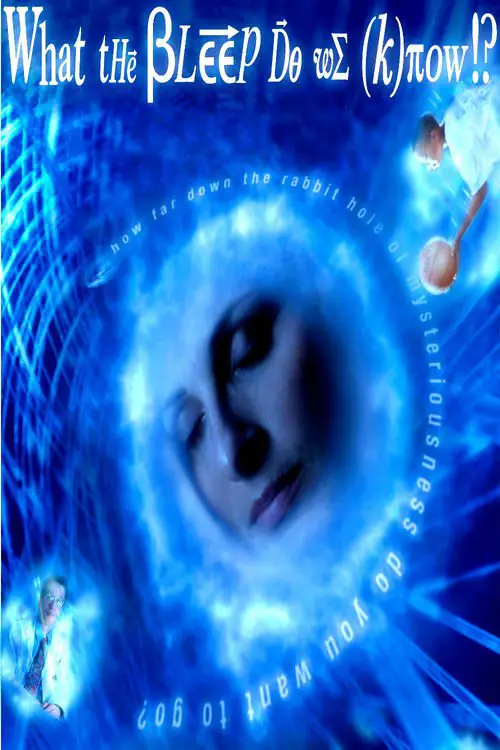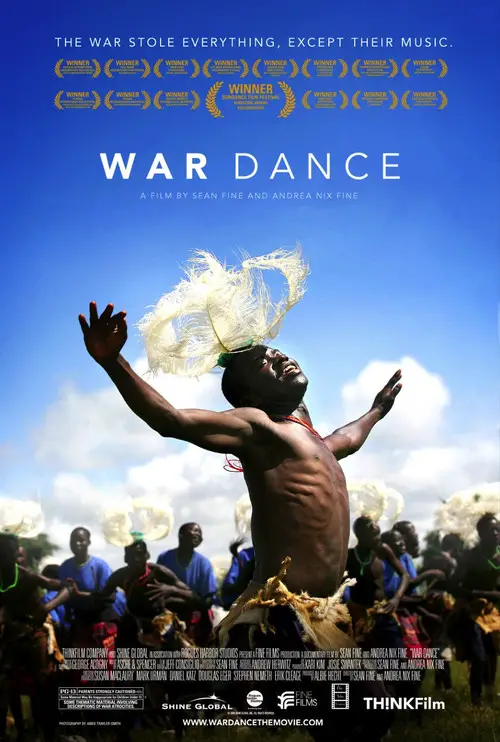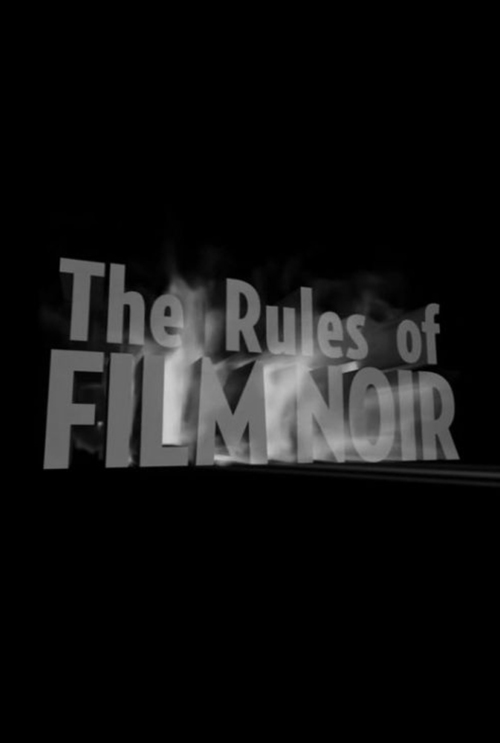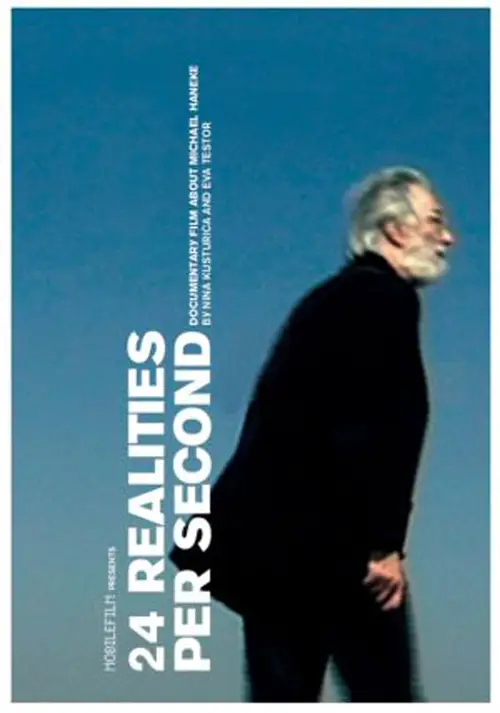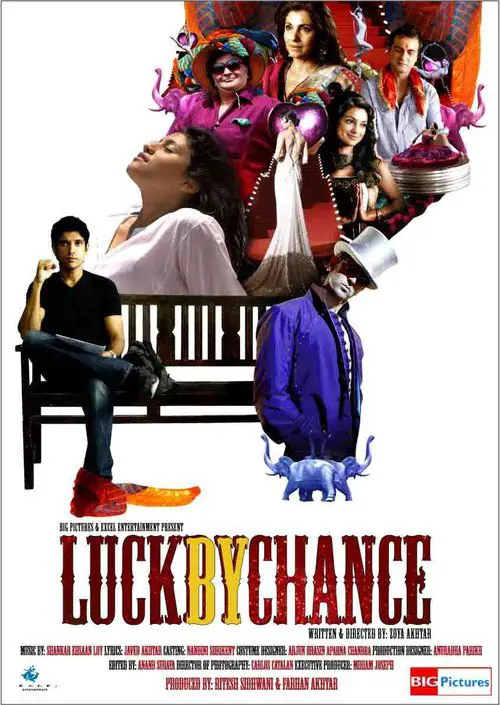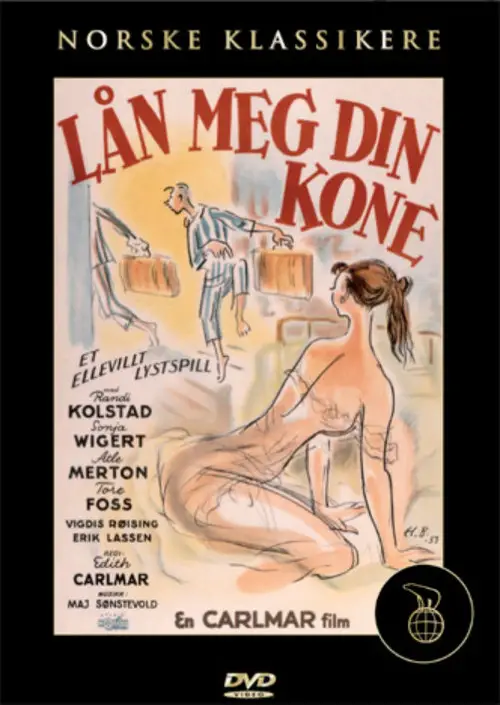Von Trier's 100 Eyes (2000)
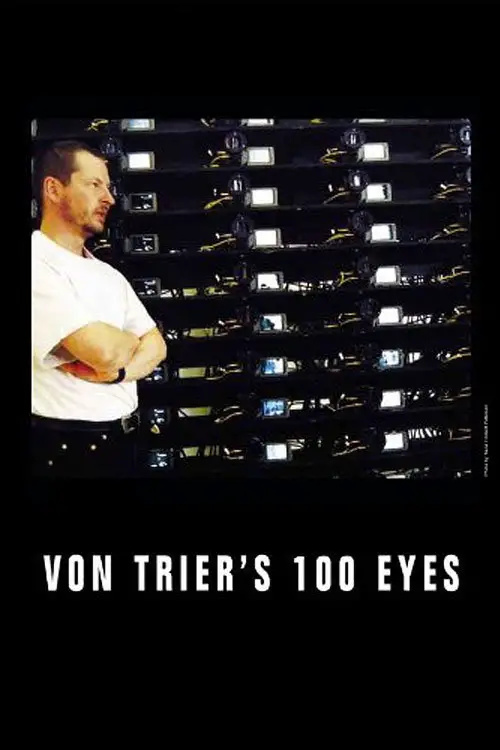
Similar movies
Get up close and personal with 16 of the most successful women in the adult film industry as they shed their clothes for an intimate photo shoot with director Deborah Anderson. As questions are asked, personal stories about their lives are revealed, from why they chose the business of sex to how they got into it in the first place. These porn stars have always been discreet about their private lives in the past, yet Anderson has a way of opening up a dialog allowing them to share more than just their naked skin on screen. Their true inner vulnerability is touching, yet the characters they have created are confident and intoxicating. Once you hear their stories, you'll never look at them in the same way again.
With Byrd at the South Pole (1930) is a documentary film about Rear Admiral Richard E. Byrd and his 1st quest to the South Pole beginning at the Little America-Exploration Base. The film's soundtrack consists mostly of music and sound effects, with narration read by Floyd Gibbons. The film won at the 3rd Academy Awards for Best Cinematography.
This documentary about Henri-Georges Clouzotâs unfinished 1964 psycho-thriller LâEnfer is as tantalizing as it is frustrating. Despite remaining one of the most masterful of French directors, Cluozot inexplicably seems to have lost control on the big-budget production of LâEnfer. The long-lost raw footage is intriguing and dazzling, infused with swirling lights and blue-lipped, cigarette-puffing fantasy temptresses. Although directors Serge Bromberg and Ruxandra Mederea have managed to speak to numerous members of the original crew, this behind-the-scenes investigation has so little to say about the reasons behind Clouzotâs failure to complete the film. In spite of this, the undiminished power of Clouzotâs extraordinary images makes the documentary a fascinating watch.
AMERICAN MOVIE is the story of filmmaker Mark Borchardt, his mission, and his dream. Spanning over two years of intense struggle with his film, his family, financial decline, and spiritual crisis, AMERICAN MOVIE is a portrayal of ambition, obsession, excess, and one man's quest for the American Dream.
The Go-Go Boys tells the inside story of two Israeli-born cousins, the late Menahem Golan and Yoram Globus, who in pursuit of the âAmerican dreamâ turned the Hollywood establishment upside down. Together they produced more than 300 films and founded the most powerful independent film company in the world, Cannon Films, which was responsible for Israeli and mainstream, Hollywood-blockbuster, action/exploitation hits during the duoâs 1980s hey day, starring the likes of Chuck Norris, Jean-Claude Van Damme and Charles Bronson. Up close and personal, and with the complete cooperation of the filmâs subjects, the film examines the complex relationship between two contradictory personalities, whose combined force fueled their successes and eventual split. A film about filmmaking and two dogged, exceptional characters with modest origins taking on the big boys.
This historical and critical look at slasher films, which includes dozens of clips, begins with "Halloween," "Friday the 13th," and "Prom Night." The films' directors, writers, producers, and special effects creators comment on the films' making and success. During the Reagan years, the films get gorier, budgets get smaller, and their appeal wanes. Then, "Nightmare on Elm Street" revives the genre. Jump to the late 90s, when "Scream" brings humor and TV stars into the mix. Although some criticize the genre as misogynistic (Siskel and Ebert), most of the talking heads celebrate the films: as long as there are teenagers, there will be slasher films, says one.
Since the invention of cinema, the standard format for recording moving images has been film. Over the past two decades, a new form of digital filmmaking has emerged, creating a groundbreaking evolution in the medium. Keanu Reeves explores the development of cinema and the impact of digital filmmaking via in-depth interviews with Hollywood masters, such as James Cameron, David Fincher, David Lynch, Christopher Nolan, Martin Scorsese, George Lucas, Steven Soderbergh, and many more.
Filmmaking icon Agnès Varda, the award-winning director regarded by many as the grandmother of the French new wave, turns the camera on herself with this unique autobiographical documentary. Composed of film excerpts and elaborate dramatic re-creations, Varda's self-portrait recounts the highs and lows of her professional career, the many friendships that affected her life and her longtime marriage to cinematic giant Jacques Demy.
Kirby Dick's provocative documentary investigates the secretive and inconsistent process by which the Motion Picture Association of America rates films, revealing the organization's underhanded efforts to control culture. Dick questions whether certain studios get preferential treatment and exposes the discrepancies in how the MPAA views sex and violence.
A documentary film that highlights two street derived dance styles, Clowing and Krumping, that came out of the low income neighborhoods of L.A.. Director David LaChapelle interviews each dance crew about how their unique dances evolved. A new and positive activity away from the drugs, guns, and gangs that ruled their neighborhood. A raw film about a growing sub-culture movements in America.
Yael Hersonski's powerful documentary achieves a remarkable feat through its penetrating look at another film-the now-infamous Nazi-produced film about the Warsaw Ghetto. Discovered after the war, the unfinished work, with no soundtrack, quickly became a resource for historians seeking an authentic record, despite its elaborate propagandistic construction. The later discovery of a long-missing reel complicated earlier readings, showing the manipulations of camera crews in these "everyday" scenes. Well-heeled Jews attending elegant dinners and theatricals (while callously stepping over the dead bodies of compatriots) now appeared as unwilling, but complicit, actors, alternately fearful and in denial of their looming fate.
The time has come for a ski film that stands for something. Join us as we unite spectacular cinematography with creative cinematic language to fuse our passion for skiing with our potential to help the environment. In bringing the planet to life and drawing parallels between our daily existence, we find common ground between the global situation and the real individual. Epic natural cinematography, ground breaking skiing from Chile to Greenland, and an environmental engagement that creates an accessible identification point for the viewer, leaving them with an inspiring new perspective.
The Death of 'Superman Lives': What Happened? feature film documents the process of development of the ill fated "Superman Lives" movie, that was to be directed by Tim Burton and star Nicolas Cage as the man of steel himself, Superman. The project went through years of development before the plug was pulled, and this documentary interviews the major players: Kevin Smith, Tim Burton, Jon Peters, Dan Gilroy, Colleen Atwood, Lorenzo di Bonaventura and many many more.
In 2001 Jack Cardiff (1914-2009) became the first director of photography in the history of the Academy Awards to win an Honorary Oscar. But the first time he clasped the famous statuette in his hand was a half-century earlier when his Technicolor camerawork was awarded for Powell and Pressburger's Black Narcissus. Beyond John Huston's The African Queen and King Vidor's War and Peace, the films of the British-Hungarian creative duo (The Red Shoes and A Matter of Life and Death too) guaranteed immortality for the renowned cameraman whose career spanned seventy years.
This dryly funny mockumentary about the lost work of a pioneering New Zealand film genius is probably one of the best examples of the faux-documentary genre. In fact, it was so successful that when it originally aired on New Zealand television, hundreds of viewers bought the premise hook, line, and sinker. If you didn't know any better yourself, it's entirely possible you might be duped into believing the extremely tall tale of one Colin MacKenzie, an ambitious filmmaker who made the world's first talking movie (years before The Jazz Singer), invented color film, and created a huge biblical epic that would put Cecil B. DeMille and D.W. Griffith to shame. Filmmaker Peter Jackson (Heavenly Creatures) shrewdly inserts himself into the film via his documentation of the "discovery" of McKenzie's lost epic, which for years was preserved in a garden shed.
"Touring makes you crazy," Frank Zappa says, explaining that the idea for this film came to him while the Mothers of Invention were touring. The story, interspersed with performances by the Mothers and the Royal Symphony Orchestra, is a tale of life on the road. The band members' main concerns are the search for groupies and the desire to get paid.
Commissioned by the Smithsonian's National Museum of Natural History, OCEAN ODYSSEY takes viewers on an undersea journey to remote and magical places. Follow Feodor Pitcairn, a pioneer in underwater HD cinematography, as he explores the marine ecosystems of the Galápagos Islands, Raja Ampat in Indonesia, the Maldives, the Azores, Hawai'i, the Caribbean, the Bahamas, the Channel Islands, British Columbia, the Gulf of Mexico, French Polynesia and Belize. Filmed in high definition, with commentary by Feodor Pitcairn and fellow cinematographer Bob Cranston, OCEAN ODYSSEY is a stunning film that reveals some of the most amazing underwater footage ever seen and offers reflections by two of the most prominent cinematographers at work today.
A revolutionary film about the cinematic genius of North Korea's late Dear Leader Kim Jung-IL, with a groundbreaking experiment at its heart - a propaganda film, made according to the rules of his 1987 manifesto. Through the shared love of cinema, AIM HIGH IN CREATION! forges an astonishing new bond between the hidden filmmakers of North Korea and their Free World collaborators. Revealing an unexpected truth about the most isolated nation on earth: filmmakers, no matter where they live, are family.
Menahem Golan and Yoram Globus were two movie-obsessed cousins from Israel who became Hollywoodâs ultimate gate-crashers. Following their own skewed version of the Great American Dream, they bought an already low-rent brand â Cannon Films â and ratcheted up its production to become so synonymous with schlock that the very sight of its iconic logo made audiences boo throughout the 1980s. And yet who could have foreseen how close they came to nearly taking over Hollywood and the UK film industry?
Documentary film that examines the rise and fall of the Third Reich, incorporating puppetry, rear-screen projection, and a Wagnerian score into a singular epic vision. The director, who grew up under Nazi tyranny, ruminates on good and evil and the rest of humanity's complicity in the horrors of the holocaust.
"A good ski run is like a good meal." So begins the unmistakable musings - and voice - of Warren Miller as we journey back to the "Me Decade" and his classic film, "Ski a la Carte." All the sights, sounds and styles of the 1970s are guaranteed to get you in the mood for a little ski boogie on an off the hill at some of the most amazing destinations on the planet. Classic ski action cinematography at its best. Featured locations include Mammoth Mountain, CA, and an invitation-only spring racing derby; Mt Vernasus in Greece, which hosts a school for ski-ophytes; and some truly outrageous '70s freestyle action from Squaw Valley, Park City, Sun Valley, and Colorado's Breckenridge, Keystone, Copper and A-Basin resorts. Generous portions of Warren Miller's trademark humor and some crazy kaleidoscopic effects make "Ski a la Carte" the perfect sample of vintage 1970s Warren Miller.
They called themselves the United Society of Believers in Christâs Second Appearing, but because of their ecstatic dancing, the world called them Shakers. Though they were celibate, they are the most enduring religious experiment in American history. They believed in pacifism, natural health and hygiene, and for more than 200 years insisted that their followers should strive for simplicity and perfection in everything they did. The Shakers put their "hands to work and their hearts to God," creating an exquisite legacy of fine furniture, glorious architecture and beautiful music that will remain and inspire long after the last Shaker is gone. Through diaries, archival photographs, music and stunning cinematography, Ken Burns creates a moving portrait of this particularly American movement, and in the process, offers us an unusually moving way to understand the Shakers.
In the early-morning hours of July 23, 2007, in Cheshire, Conn., ex-convicts Steven Hayes and Joshua Komisarjevsky broke into the family home of Dr. William Petit, his wife, Jennifer Hawke-Petit, and their daughters, Michaela, 11, and Hayley, 17. Dr. Petit was beaten and tied to a pole in the basement. The three women were bound in their bedrooms while the men ransacked the house. The brutal ordeal continued throughout the morning, ending with rape, arson and a horrific triple homicide.
This fiction-documentary hybrid uses a sensational real-life eventâthe arrest of a young man on charges that he fraudulently impersonated the well-known filmmaker Mohsen Makhmalbafâas the basis for a stunning, multilayered investigation into movies, identity, artistic creation, and existence, in which the real people from the case play themselves.
A Topeka, Kansas fun park dance troupe led by a 260 pound dancer (Ben Zook) learns that the park is going to close. Their leader convinces the group, now named "The Stupendous Six", to join him in a painted up bus and to hit the road to find the big time. The Six compete against other dancers to win a chance to compete in the grand finale at the Little Miss Orange County Beauty Pageant. The other members of the Six are Melanie Hutsell as an airhead, Margaret Cho as a oral fixated sex maniac, Brett Paesel as the leader's homosexual lover, Bruce Daniels as the African-American member with a penchant for misuse of black slang, and Michael Irpino as another more stereotypical gay dancer. Lots of cameos from tv stars occur in the various dance numbers. But this comedy does take most of its cues from "The Full Monty" rather than from other major dance films.
Long before Timothy Leary urged a generation to "tune in, turn on and drop out," lysergic acid diethylamide, or LSD, was being used by researchers trying to understand the human mind. This documentary is a fascinating look at the story of "acid" before it hit the streets. Featuring interviews with many LSD pioneers, Hofmann's Potion is much more than a simple chronicle of the drug's early days. With thoughtful interviews, beautiful music and stunning cinematography, it is an invitation to look at LSD, and our world, with a more open, compassionate mind.
This is the glorious story of the Hittites - the most powerful people in the Near East of their time. Narrated by Academy Award winner Jeremy Irons, "The Hittites" brings the fascinating history of this mighty empire to life with expert interviews, stunning cinematography, dramatic reenactments, and visual effects. Highlights include a breathtaking recreation of the controversial battle of Kadesh that decimated the armies of Egypt's Pharaoh Ramesses II. Based on the actual words of the Hittites, deciphered from ancient clay tablets excavated in the 20th century, their story unfolds as beautifully as it written almost 3500 years earlier.
Featuring jaw-dropping 3D cinematography, stirring original music, and Africa's original rock star animals. Emmy Award-winning host Hunter Ellis takes viewers on an unforgettable safari that puts them up-close and personal with the wonders of Africa. With Hunter as your very own personal safari guide, you will run with a herd of graceful gazelles, travel in a hot air balloon to soar with high-flying birds, cross the wide-open plains in an elusive hunt to track down the nearly extinct African black rhino, and scramble up a steep mountain in the rain to meet a pack of gorillas in the mist.
To celebrate his 85th birthday, Tony Bennett (1926- ) sings with 14 performers for the 2011 CD, "Duets II." Bennett travels to each, they rehearse, and we see a full take. Each singer comments on what it's like to sing with Tony, each signs sheet music with a birthday wish. Sometimes they front Bennett's jazz quartet, sometimes they're backed by an orchestra. Between numbers, the CD's producer Phil Ramone talks to the camera about the nature of duets and Bennett's style. Tony also comments, noting for instance that this is Amy Winehouse's last recorded performance. Jorge Calandrelli arranges the songs. The cinematography includes many close-ups of singers and musicians.
Since the assassination of Dr. George Tiller in Kansas in 2009, only four doctors in the United States continue to perform third-trimester abortions. These physicians, all colleagues of Dr. Tiller, sacrifice their safety and personal lives in the name of their fierce, unwavering conviction to help women.
Amanda (Marlee Maitlin) is a divorced woman who makes a living as a photographer. During the Fall of the year Amanda begins to see the world in new and different ways when she begins to question her role in life, her relationships with her career and men and what it all means. As the layers to her everyday experiences fall away insertions in the story with scientists, and philosophers and religious leaders impart information directly to an off-screen interviewer about academic issues, and Amanda begins to understand the basis to the quantum world beneath. During her epiphany as she considers the Great Questions raised by the host of inserted thinkers, Amanda slowly comprehends the various inspirations and begins to see the world in a new way.
Matthew Sweet explores his rules of 1940s and 50s American film noir thrillers: *Choose a dame with no past and a hero with no future *Use no fiction but pulp fiction *See America through a stranger's eyes *Make it any colour as long as it's black *It ain't what you say, it's the way that you say it.
Directors Nina Kusturica and Eva Testor followed Michael Haneke for a period of two and a half years. They accompanied him to film premieres and public appearances, radio interviews and photo shoots; they observed him as he scouted locations, directed actors on the set, and made final cuts in the editing room. In between, on long train and car rides, Haneke spoke candidly about his childhood, his transition to filmmaking, and his views on cinema, discussing films that inspired him and his own work (he counts The Seventh Continent and 71 Fragments of a Chronology of Chance among his favorites). What emerges in this insightful documentary is a portrait of a dedicated filmmaker, a charming yet elusive figure in thrall to cinema and the constant perfection of his craft.
Werner Herzogâs documentary film about the âGrizzly Manâ Timothy Treadwell and what the thirteen summers in a National Park in Alaska were like in one manâs attempt to protect the grizzly bears. The film is full of unique images and a look into the spirit of a man who sacrificed himself for nature.
A struggling actor comes from Delhi to Bombay and enters the Hindi film industry. This gives the audience an in sight into what sometimes happens when making a movie and what happens in the industry and more when it involves the opposite sex and when you are working together. Zoya Akhtar, sister to Farhan Akhtar and daughter of Javed Akhtar, has done a superb job in her directorial debut in showin
Expecting the usual tedium that accompanies a summer in the Catskills with her family, 17-year-old Frances "Baby" Houseman is surprised to find herself stepping into the shoes of a professional hoofer -- and unexpectedly falling in love. The object of her affection? The resort's free-spirited dance instructor.
"Let Me Borrow Your Wife". This is a light comedy from Edith Carlmar, Norways first woman director. It takes place in a company that sells baby toys. It is time to fill a leading position, and it is known the owner of the company only places married men on leading positions. This leads a young bachelor to "borrow" his best friends wife to have a chance at the position. This leads to a lot of comic misunderstandings, not the least because the owner of the company himself falls for the new young wife.
From Wikipedia, the free encyclopedia. T-Men is a semidocumentary style 1947 film noir shot in black-and-white. The film was directed by Anthony Mann with cinematography by noted noir cameraman John Alton. The B-movie is featured in Visions Of Light: The Art Of Cinematography (1992) documentary for the drama's use of lighting. Description above from the Wikipedia article T-Men, licensed under CC-BY-SA, full list of contributors on Wikipedia.
© Valossa 2015–2025
| Privacy Policy

